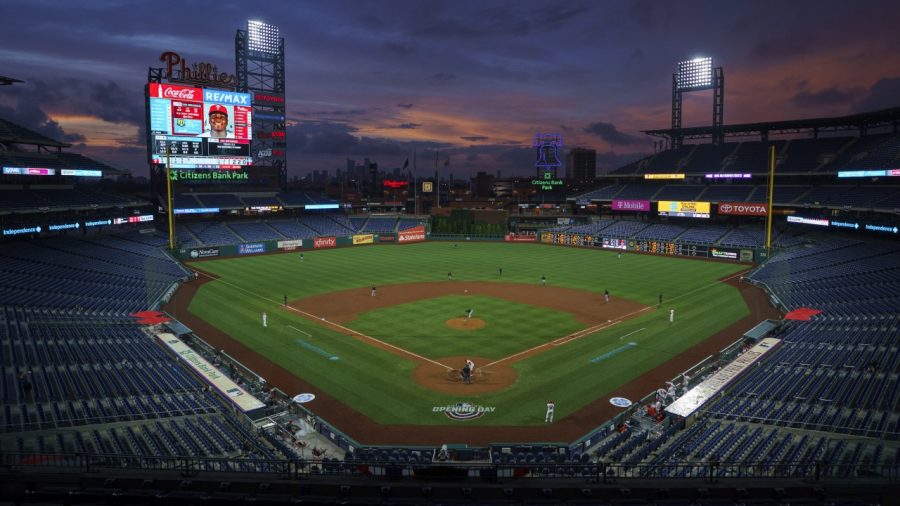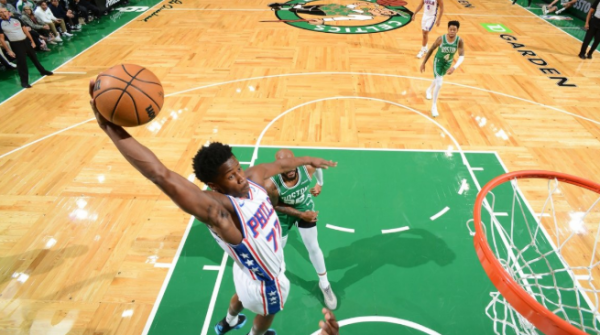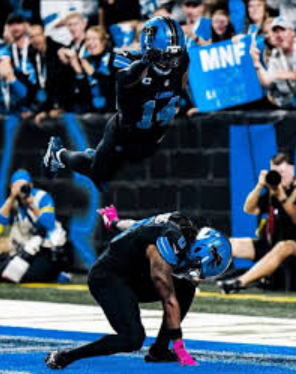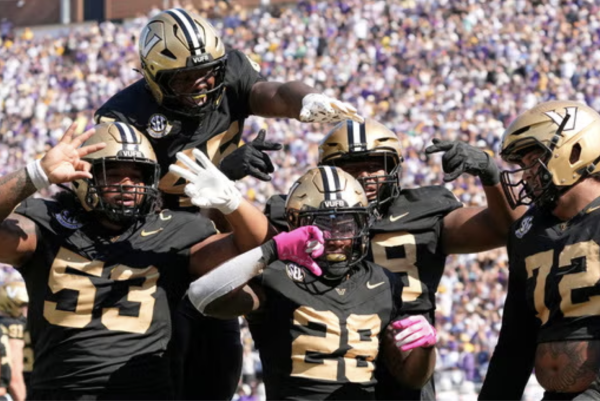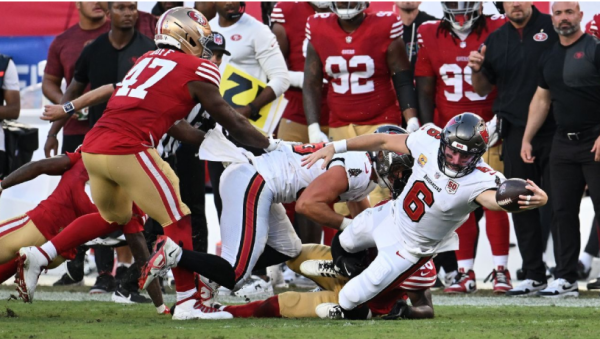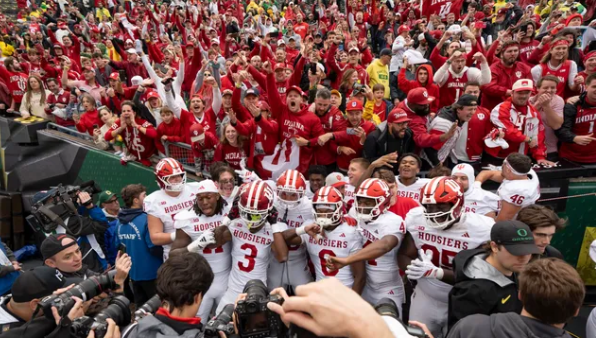MLB vs. COVID-19
Ever since the country shut down in March due to the COVID-19 outbreak, sports fans wondered if professional sports leagues would continue to play their original seasons. For baseball fans, spring training was put on hold until MLB organizers could come up with a resolution to minimize the spread of COVID among players and teams. After a few months and multiple rejected plans, the MLB finally released a statement detailing how they would continue their season while practicing CDC guidelines. Although players and organizers knew there would likely be flaws throughout the new season, they were still looking forward to playing baseball again. However, many fans were divided on whether or not it was a good idea to resume the season in the midst of a worldwide pandemic, even if the season had been shortened.
With new rules and regulations, players and staff would be regularly tested for the coronavirus and were required to wear masks for the majority of their playing time. The new procedures also stated that the teams would be set to play against teams only within the same region to prevent excessive travel between states. Additionally, players who did not feel comfortable with playing had the option to opt-out. In order to protect the fans, the MLB prohibited spectators from watching games in person. Many teams, such as the Philadelphia Phillies, worked around this problem. They allowed fans to pay for a cardboard cutout of themselves to be placed in the seats of Citizens Bank Park. The question is, did these guidelines really help minimize the spread of coronavirus throughout the MLB?
During “Spring Training II,” many teams experienced minor coronavirus outbreaks. Although teams placed the players on the injured list until their full recovery, the Philadelphia Phillies were still behind the rest of the league due to the carelessness of the Miami Marlins. At the outset of the regular season, the Phillies played a three game series against the Marlins from July 24th – 26th. Just after the third game of the series, the Phillies were notified that a few players from the Marlins had tested positive for the virus. The Marlins had known this information by the second game of the series, but continued to play without informing the Phillies. Because of this, the Phillies, and a few other teams in the region, had to postpone their games for nearly two weeks resulting in rescheduling issues, frequent double-headers, exhaustion, and countless injuries.
The Phillies weren’t the only ones affected by the coronavirus. With the baseball season coming to an end and postseason just around the corner, almost every team has reported at least one player testing positive at some point throughout the season. As of September 18, the MLB has collected 127,718 coronavirus tests, 88 of them testing positive. Over half of the positive tests have been from players, while the rest are from other employees. Throughout the 16 game postseason and the 2020 World Series, everyone will be left wondering, “Did the MLB set an example for other professional sports teams returning for their regular seasons?”

Hi, my name is Ava Maxwell! I'm currently a senior and one of the Arts & Entertainment section editors. I love listening to music and hanging out with...

